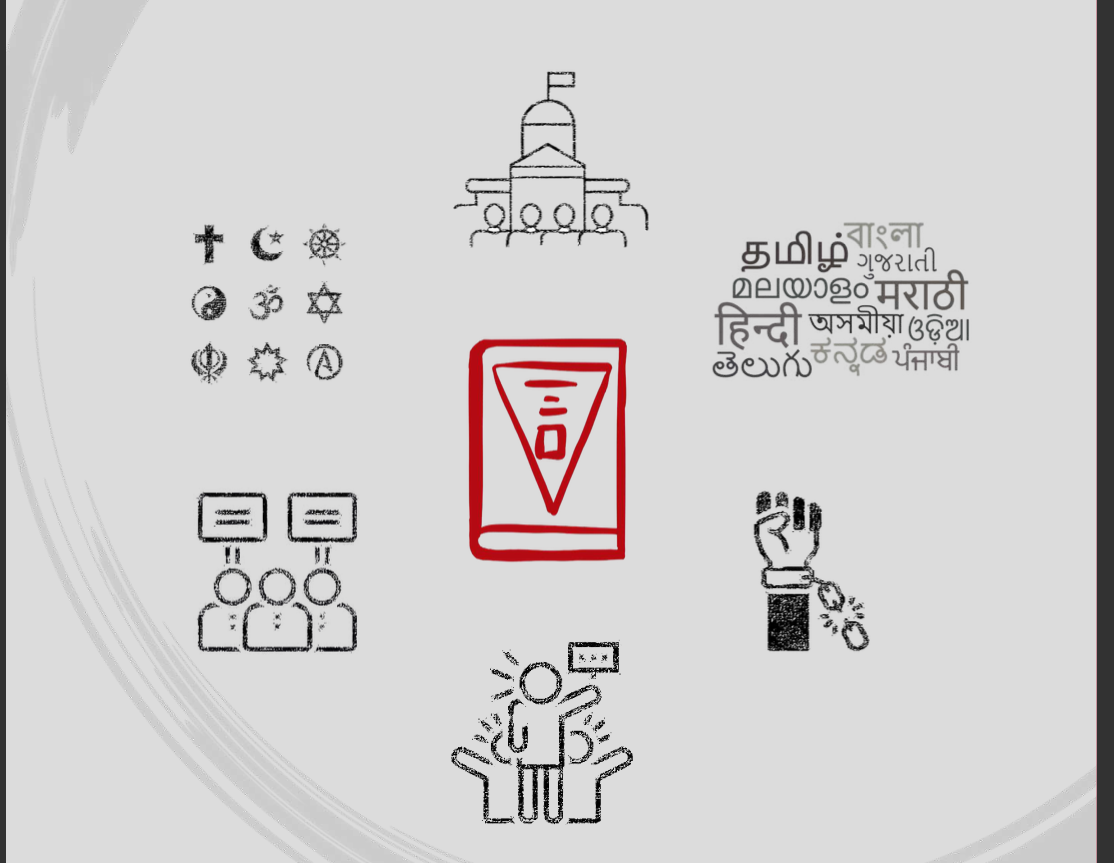
The State Shall Not Discriminate
A Roadmap for the Right Against Discrimination in India
Discrimination is a central issue in Indian politics and society. It consistently turns up as the underlying subject of disagreement in a range of the country’s most contentious political disputes. Religious conflict, the caste system and patriarchal institutions have played significant roles in India’s history and continue to hold sway in our society today. Contemporary controversies related to these issues sometimes reveal deep differences regarding the nation’s identity itself. While popular imagination is captured by reservations, illegal migrants, uniform civil codes, places of worship, conversion, religious dresses, marital rape, marriage equality, hate speech, lynch mobs and the like, it is little understood how fundamentally these issues are linked with discrimination.
Despite the significance of discrimination to India’s story, the nation’s legal system has failed to develop a robust framework to deal with it. Part of the problem is that scholarship and court cases on the subject have been dealing with different issues piecemeal instead of developing a concrete foundation for the fundamental right against discrimination. Relying on modern legal scholarship on the subject and a more holistic survey of Indian jurisprudence, this report attempts to bring together in one place an accessible picture of the foremost challenges faced by this right in India. Seven such challenges are identified:
- Lack of common principles: Different judges use entirely different approaches when dealing with discrimination, causing considerable uncertainty regarding the law.
- Ease of justification: The most common and well-established approaches provide little protection against discrimination because they emphasise government aims.
- Immunity and deference: Religion-specific rules have a special place in Indian governance, but their insulation from judicial review impacts how we deal with religious and sex discrimination.
- Failure to address indirect discrimination: Even if a law’s words and aims are neutral, its impact in society can be discriminatory. This idea is yet to take root in Indian jurisprudence.
- Failure to treat affirmative action as a duty: Protecting against discrimination and related forms of inequality can sometimes require positive steps to address disadvantages faced by groups, but Indian law has not made such steps compulsory.
- Failure to address unlisted forms of discrimination: The Constitution of India refers to discrimination against citizens only on certain listed grounds though there are other unlisted ones and non-citizens also face discrimination.
- Failure to address discrimination by private persons: Only a few forms of discrimination by private persons are referred to in the Constitution, but private discrimination is a prevalent and pressing concern for India.
The report elaborates on the form, character and significance of these challenges. It also aims to address them by outlining how Indian constitutional law can reframe the basis of the right against discrimination to account for how discrimination affects equal dignity, equal opportunity and equal freedom. It suggests this approach as it would help courts and governments avoid errors in the ways they have been applying the right, deepen their understanding of the ground realities of discrimination, and adapt the Constitution’s text to meet those realities. In emphasising the need for a common yet dynamic vision for the right, the report offers a systematic approach for engaging with the variety and complexity of the social issues that discrimination raises in India.
Accompanying this report, in a separate document, is a compilation of 117 Supreme Court and High Court judgments (and one Privy Council judgment) on the right against discrimination that attempts to provide a more comprehensive and accessible resource than has previously been available for practitioners and researchers studying the subject. It is hoped that this resource can serve as a ready reference that can be used to promote the consistent and coherent development of the right.




